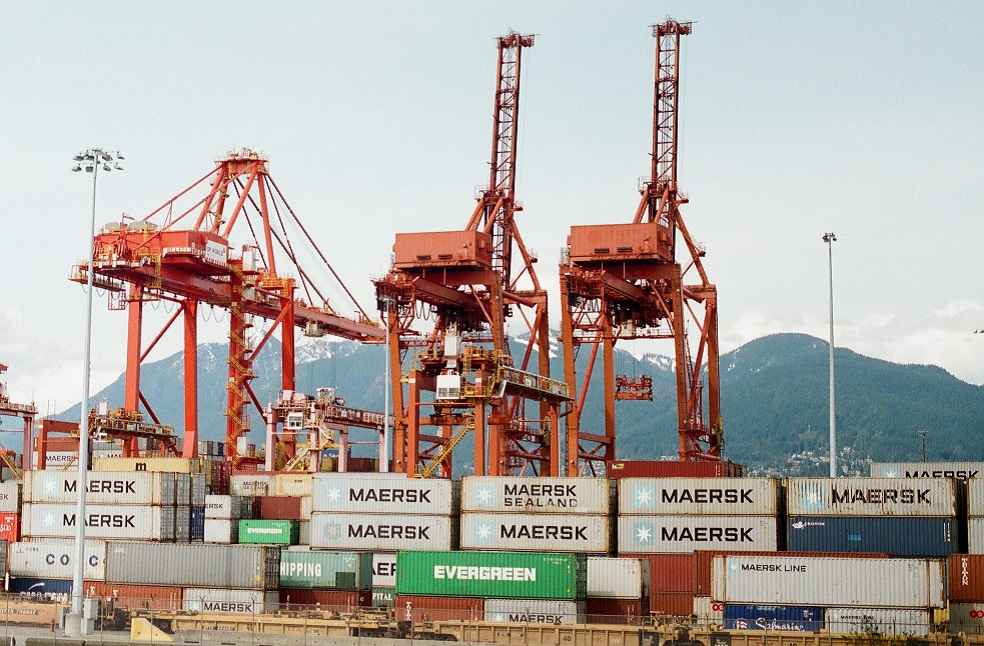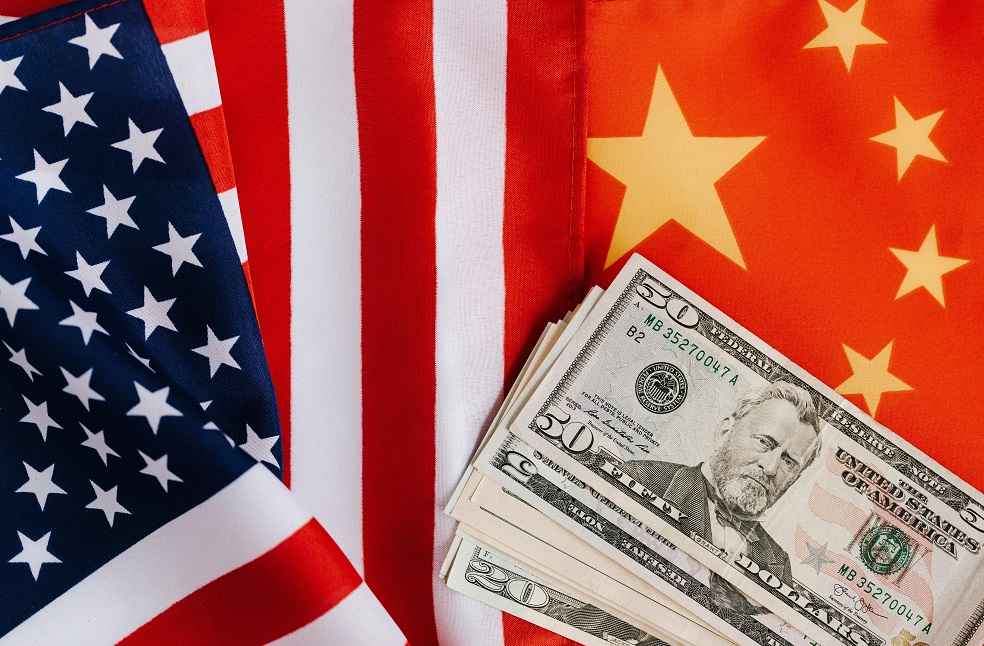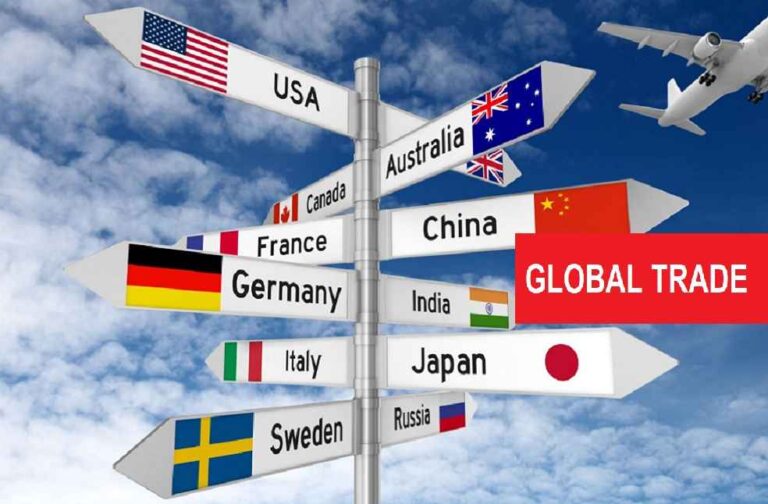Shanghai: Recent signs of recovery, global trade continues to grapple with significant headwinds in 2024. Last year saw a 1.2% decline in trade, primarily due to reduced imports from major markets like Europe and North America. While the easing of inflation and anticipated interest rate cuts have provided some optimism, substantial obstacles remain.
Sluggish growth in developed economies, particularly the United States, threatens to dampen global demand. Recent US data reveals a concerning picture of weakened consumption, manufacturing, and labor markets, exacerbated by the lingering effects of high interest rates. Europe’s moderate growth is hampered by its limited economic autonomy, and Japan’s economy faces additional setbacks from a recent auto sector scandal.
Furthermore, unilateralism and protectionism have intensified, further undermining trade recovery. The US has imposed new tariffs on Chinese products, alleging “production overcapacity,” and is actively rallying other nations to curtail China’s exports, especially in the new energy sector. This politicization of trade not only increases the risk of global fragmentation but also hinders the free flow of resources and innovation.
Persistent Challenges

Economic Slowdowns:
- United States: Data from May indicate weakened consumption, sluggish manufacturing, and a cooling labor market. High interest rates are exacerbating these issues, pushing the US economy towards a downturn.
- Europe: While moderate growth is expected, Europe’s strategic economic autonomy is limited, and its recovery lacks sufficient momentum.
- Japan: Economic stagnation persists, with recent fraud in the auto sector further darkening its outlook.
Unilateralism and Protectionism:
- The US has imposed new tariffs on Chinese products, citing “production overcapacity” in China. This move, coupled with efforts to rally other economies against China’s exports, particularly in new energy products, is fragmenting global trade.
- The politicization and securitization of economic issues by Washington are increasing global trade risks and hindering the free flow of production factors.
Geopolitical Tensions:
- Crises in the Red Sea and Middle East tensions threaten to disrupt shipping routes, increase costs, extend voyages, and break supply chains.

Geopolitical tensions also loom large, with crises in the Red Sea and Middle East threatening to disrupt shipping routes, raise costs, and disrupt supply chains. The US, as a leading developed economy, should ideally champion global trade, but its actions have instead become a major impediment.
These challenges underscore the urgent need for reform and restructuring of global governance mechanisms. The current system appears ill-equipped to address the complex and interconnected issues plaguing international trade. A more collaborative and equitable approach is needed to ensure sustained and inclusive trade growth for the benefit of all nations.
MOST POPULAR | Surging Perfume Industry: A Look into the Driving Factors



